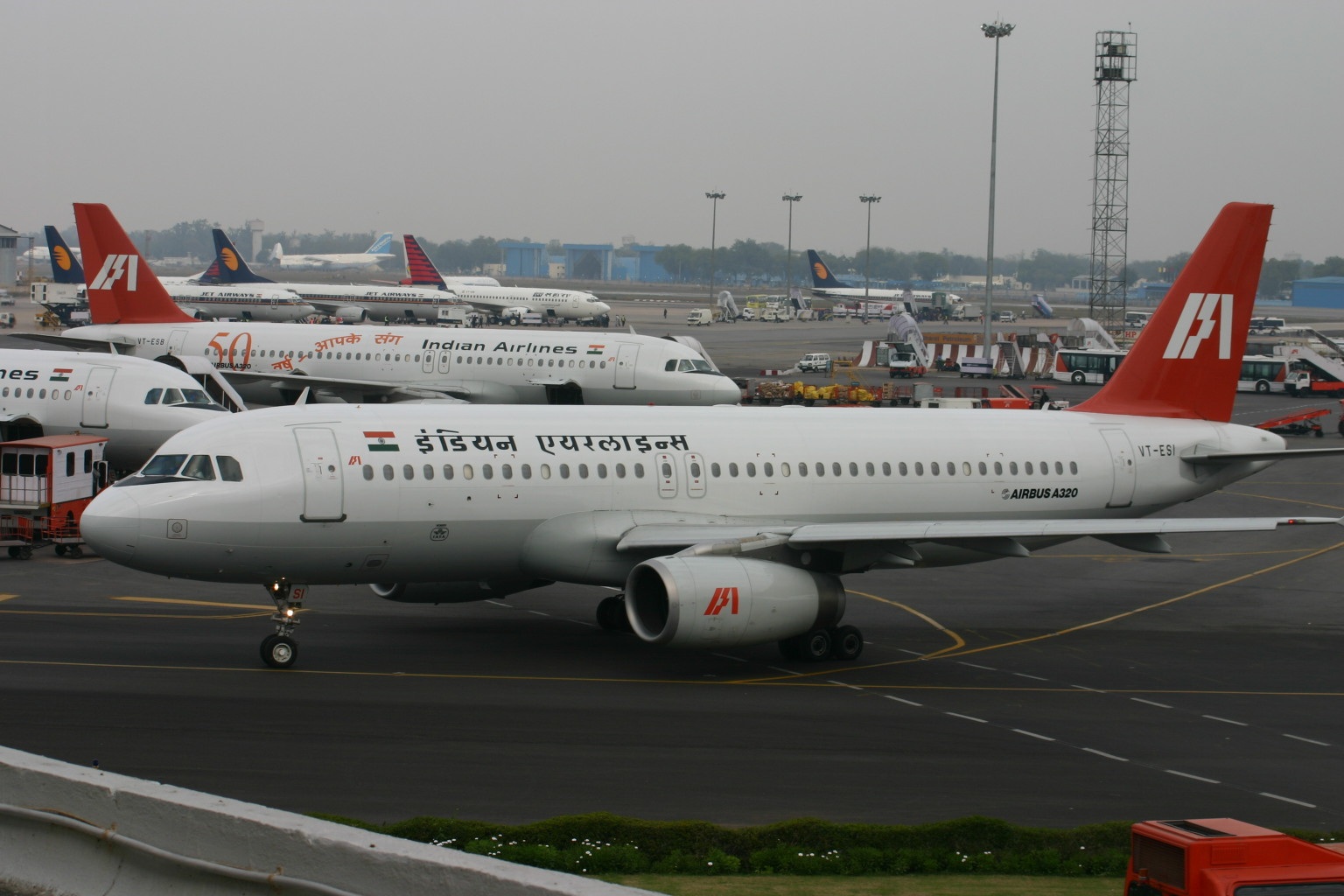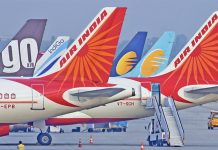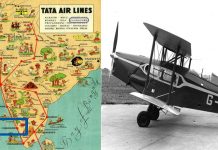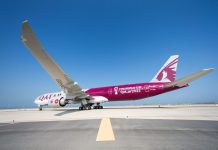Air India, formerly named Tata Airlines was founded by JRD Tata. It was converted into a Public Limited Company on July 29th 1946 and renamed as Air India, primarily operating on international routes.
Indian Airlines (Indian Airlines Limited from 1993 and Indian Airlines Corporation from 1953 to 1993) was a major Indian airline based in Delhi and focused primarily on domestic routes, along with several international services to neighbouring countries in Asia. It was state-owned, and was administered by the Ministry of Civil Aviation. It was one of the two flag carriers of India, the other being Air India.

On 7 December 2005, the airline was rebranded as Indian for advertising purposes as a part of a program to revamp its image in preparation for an initial public offering (IPO). The airline operated closely with Air India, India’s national carrier. Interestingly both companies also made an attempt at merging in 1986 as well.
In 2007, the Government of India announced (As per some recommendations of Dharmadhikari Report) that Indian would be merged into Air India.
Justice Dharmadhikari committee, 2007
The Justice Dharmadhikari Committee was formed to look into the human resources issues at Air India created as a result of the 2007 merger between Air India and Indian Airlines. Key recommendations on ways and means of harmonisation and rationalisation of the merged workforce included fixed pay scales, grant of seniority to employees, promotion and career progression, Pay linked incentives and a Voluntary Retirement Scheme.
As part of the merger process, a new company called the National Aviation Company of India Limited (now called Air India Limited) was established, into which both Air India (along with Air India Express) and Indian (along with Alliance Air) would be merged. Once the merger was completed, the airline – called Air India – would continue to be headquartered in Mumbai and would have a fleet of over 130 aircraft.

Reasons that led to the Merger
- Escalating costs of Aviation Turbine Fuel (ATF)
- Immense competition from private and low cost airlines
- Increased cost pressures due to acquisition of additional aircraft
- Leadership crisis due to frequent change of the chairman-cum-managing director
- Air India could not fully use the bilateral rights unlike foreign airlines which took maximum advantage
- Declining passenger traffic in the premium class
What the merger tried to achieve
- Economies of scale in areas such as maintenance, ground operations, the use of landing slots and parking rights etc
- Volume Discounts in areas such as fuel purchase, insurance
- Increased fleet size such that the combined fleet was of over120 aircraft, currently over 150 aircraft, placing it among the top 10 airlines in Asia, and the top 30 in the world
- Hub and spoke system which could be achieved by the merger of the international and domestic airlines
- Leverage and pool-in of resources such as manpower, infrastructure and assets, better aircraft and resource allocation
- Star Alliance membership (Air India has been invited to join the 21 member consortium)
Post Merger Problems
- Incomplete integration of official positions, of IT systems and as well as infrastructure due to different aircraft flown by the two companies, and inability of employee unions to accept merger
- Decline of customer service due to integration issues
- Ballooning of losses due to : increasing prices of ATF, decreased passenger traffic during recession, unnecessary and costly acquisition of aircraft fleet
- Leadership crisis continues due to frequent change of CEOs (4different CEOs in last 2 years)
- Increased competition from domestic airlines as well as international airlines due to unfavourable government policies.


















